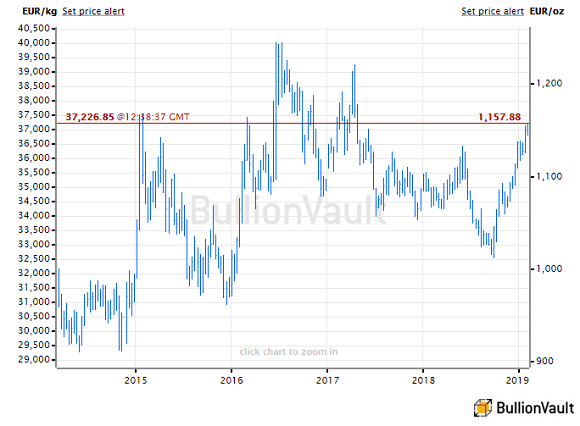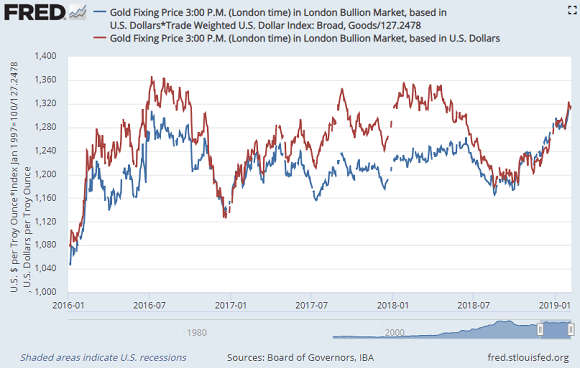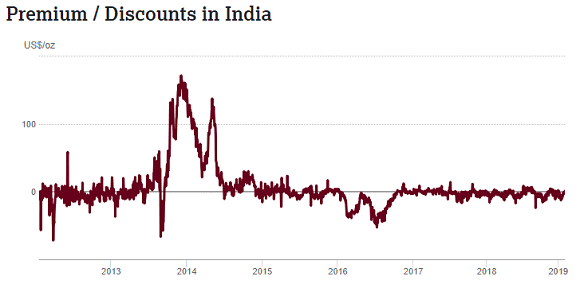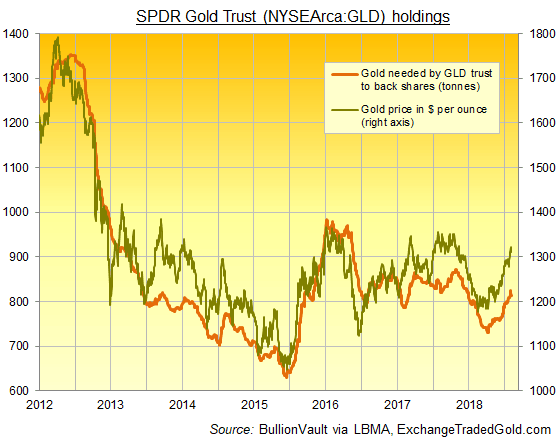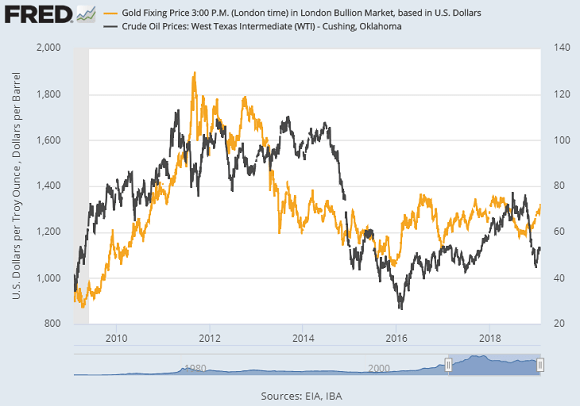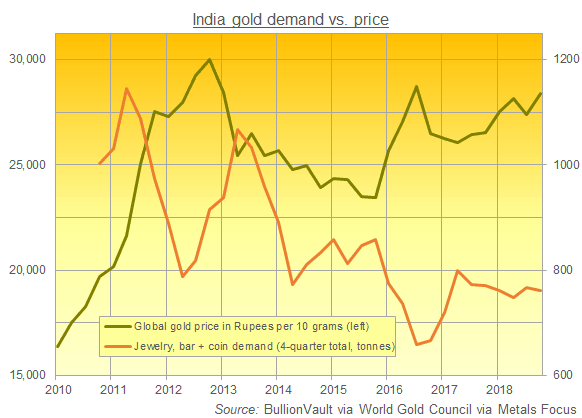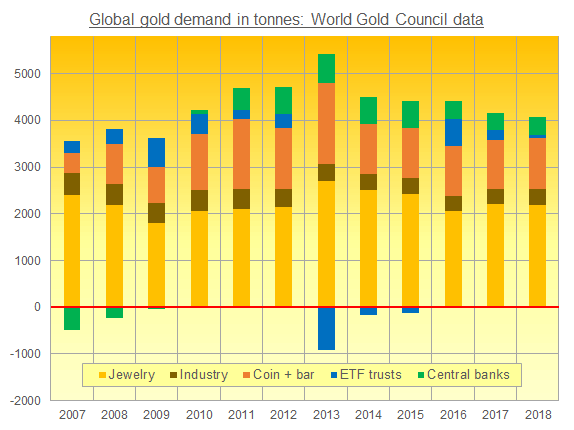Gold Prices Slip as Oil Jumps 17%, Equities Rise, Commodities Slump 'Forces Supply Cuts'
GOLD PRICES retreated against all major currencies Friday in London, cutting the week’s gain versus the US Dollar to barely 0.5% as world stock markets rallied hard and crude oil extended its bounce from Wednesday’s new 12-year lows to more than 17%.
“Price is forcing supply to respond,” writes investment bank and bullion dealer ICBC Standard Bank’s Tom Kendall in a quarterly note on base and precious metals today, “[but] the pace of that response differs from commodity to commodity.”
Metals with low stockpiles relative to consumption, plus high production costs, “will turn first,” says the note, meaning copper and zinc will likely lead the 2016 upturn with aluminium and palladium last.
“Gold lies trapped somewhere in the middle,” says Kendall, thanks to its dual nature as both “commodity and currency.”
World No.1 gold miner Barrick (NYSE:ABX) said overnight that 2015 output was in line with the 190 tonnes forecast, but total debt was cut by 24% “through disciplined non-core asset sales, partnerships and free cash flow.”
Global gold mining output is now forecast to drop slightly in 2016, say specialist analysts Thomson Reuters GFMS, after setting new all-time records for 7 years running and reaching 3,155 tonnes in 2015.
US-based consultancy SNL Metals & Mining recently said that capital expenditure across the entire global mining industry fell 30% last year from the 2012 peak, with a further 12% decline in capex due by end-2017.
Although “the US interest rate environment should not be much of a threat to gold in 2016,” ICBC Standard Bank’s note says, cutting its average 2016 forecast 17% to $1060 – the lowest annual gold price since 2009 – “we don’t believe there is a convincing argument why the four-year downtrend should be reversed either.”
Back in Friday’s action, gold priced in the Euro held a 1.5% gain for the week as the single currency fell following comments from European Central Bank president Mario Draghi about the ECB’s “determination” to revive inflation, hinting at a new dose of QE money creation at the next meeting in March.
Major government bond prices eased lower, nudging 10-year US Treasury yields up to 2.07% from Thursday’s first dip below 2% since October.
With crude oil jumping almost $5 per barrel from Wednesday’s new 12-year lows to trade above $31 today, this year’s strong correlation between oil prices and stock markets so far signals that the financial markets “are focused on demand fears [and] recession,” says US investment bank Goldman Sachs’ Jeffrey Currie
“We think those fears are likely overdone,” he tells Bloomberg, because the issue is supply, not a collapse in demand.
“This really isn’t a sustainable [low] level” for oil prices, says US banking giant Citi’s head of Asia commodity research Ivan Szpakowski, “and the trade of the year will be when oil turns.”
“This year will be a settling-down time,” reckons Anil Agarwal, chairman of India’s No.1 metals miner Vedanta (LON:VED). “In 2017…zinc will recover the fastest and aluminium will be next.”
Disclaimer
This publication is for education purposes only and should not be considered either general of personal advice. It does not consider any particular person’s investment objectives, financial situation or needs. Accordingly, no recommendation (expressed or implied) or other information contained in this report should be acted upon without the appropriateness of that information having regard to those factors. You should assess whether or not the information contained herein is appropriate to your individual financial circumstances and goals before making an investment decision, or seek the help the of a licensed financial adviser. Performance is historical, performance may vary, past performance is not necessarily indicative of future performance. This report was produced in conjunction with ABC Bullion NSW.

